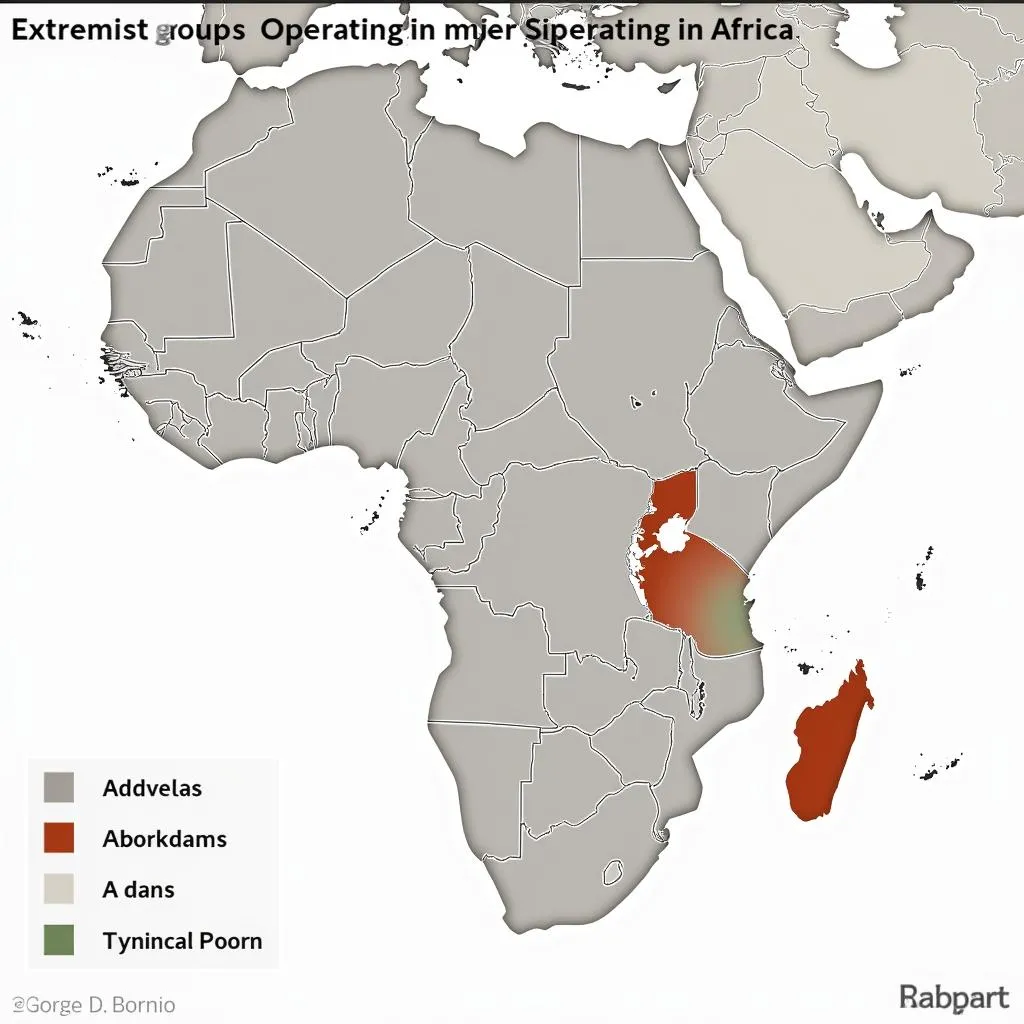The Majesty of African Kingdoms in Clothes: A Journey Through Time and Culture
The intricate beauty of African kingdoms’ clothing has captivated the world for centuries, a testament to their rich cultural heritage and artistic mastery. From the vibrant hues of the Ashanti kente cloth to the regal elegance of the Yoruba aso oke, these garments tell stories of power, status, and identity. This journey delves into the fascinating world of African kingdoms’ clothing, exploring its historical significance, artistic expression, and enduring legacy.
A Tapestry of Identity: Unveiling the Meaning Behind the Threads
African kingdoms’ clothing transcends mere fabric; it embodies a complex language of symbols and traditions, serving as a powerful tool for expressing cultural identity, social standing, and religious beliefs.
From the Ashanti to the Yoruba: A Spectrum of Styles
- The Ashanti kente cloth, woven in Ghana, is a vibrant masterpiece of intricate patterns and bold colors. Each pattern holds specific meaning, representing proverbs, historical events, and societal values.
- The Yoruba aso oke, a woven fabric traditionally worn in Nigeria, is known for its intricate designs and striking colors, often symbolizing wealth, status, and lineage.
“The clothing of African kingdoms is a vibrant tapestry that reveals the soul of its people, reflecting their history, beliefs, and aspirations,” says Professor Abena Busia, a renowned expert in African art and culture.
Beyond Aesthetic Appeal: The Ritualistic Significance
Many African kingdoms’ garments hold profound religious and spiritual significance.
- The Maasai shuka, a brightly colored blanket worn in Kenya and Tanzania, symbolizes strength and resilience. Its red hues represent courage, while the blue represents the vast sky.
- The Zulu isiphephe, a beaded garment worn in South Africa, plays a critical role in traditional ceremonies. The intricate beadwork conveys messages of identity, lineage, and social standing.
“These clothes aren’t just garments; they are living, breathing expressions of our heritage, passed down through generations, carrying the weight of our ancestors and the hopes of our future,” adds Dr. Mmako Mphahlele, a prominent anthropologist specializing in African cultural studies.
The Art of African Kingdoms’ Clothing: A Celebration of Creativity
African kingdoms’ clothing isn’t merely functional; it’s a stunning testament to the creativity and artistry of its creators.
Weaving Dreams: The Legacy of Hand-Crafted Textiles
The intricate designs and vibrant colors of African kingdoms’ clothing often stem from time-honored techniques of hand-weaving and dyeing.
- The intricate patterns of the Hausa atampa, a woven cotton fabric in Nigeria, are created using handlooms and natural dyes.
- The vibrant hues of the Songhai bogolanfini, a hand-painted fabric in Mali, are achieved using indigo dye and natural pigments.
Adorning the Body: The Art of Decoration and Ornamentation
African kingdoms’ clothing is often adorned with intricate beadwork, embroidery, and other decorative elements.
- The intricate beadwork of the Ndebele women in South Africa expresses the artistry and craftsmanship of their culture.
- The elaborate embroidery on the Ethiopian Habesha garments speaks volumes about the sartorial traditions of this ancient kingdom.
The Enduring Legacy of African Kingdoms’ Clothing
The rich history and cultural significance of African kingdoms’ clothing continue to inspire and resonate today.
Modern Interpretations: A Fusion of Tradition and Contemporary Style
Contemporary designers are increasingly incorporating elements of traditional African textiles and styles into their modern collections, bridging the gap between heritage and contemporary fashion.
- The influence of the kente cloth can be seen in the designs of African-American designers, showcasing a vibrant connection to their cultural roots.
- The bold colors and intricate patterns of the aso oke have inspired designers worldwide, adding a touch of African flair to their creations.
A Global Appreciation: Celebrating the Diversity of African Style
African kingdoms’ clothing has transcended geographical boundaries, becoming a source of inspiration and appreciation for fashion enthusiasts worldwide.
- The popularity of African print fabrics has grown exponentially, appearing on runways and in everyday wardrobes.
- The rise of African fashion weeks has brought international attention to the vibrant and innovative designs emerging from the continent.
Conclusion: A Journey Through Time and Style
The clothing of African kingdoms is a testament to the creativity, artistry, and enduring legacy of a rich and diverse continent. Its vibrant hues, intricate designs, and deep symbolism continue to inspire and captivate, showcasing the power of clothing as a language of cultural identity and artistic expression.
Frequently Asked Questions:
- What is the significance of the colors used in African kingdoms’ clothing? Colors hold profound meaning in African cultures. Red represents courage, blue signifies the vast sky, and yellow symbolizes prosperity, to name a few.
- How does African kingdoms’ clothing differ across different regions? While some common elements exist, each region boasts unique styles influenced by local materials, traditions, and beliefs.
- Why is African kingdoms’ clothing important for contemporary fashion? It offers a fresh perspective on design and a celebration of cultural diversity, enriching the global fashion landscape.
Explore More:
- Learn about the intricate techniques behind weaving the Ashanti kente cloth.
- Discover the symbolism behind the beadwork of the Zulu isiphephe.
- Explore the contemporary designers who are reimagining African traditional clothing.

